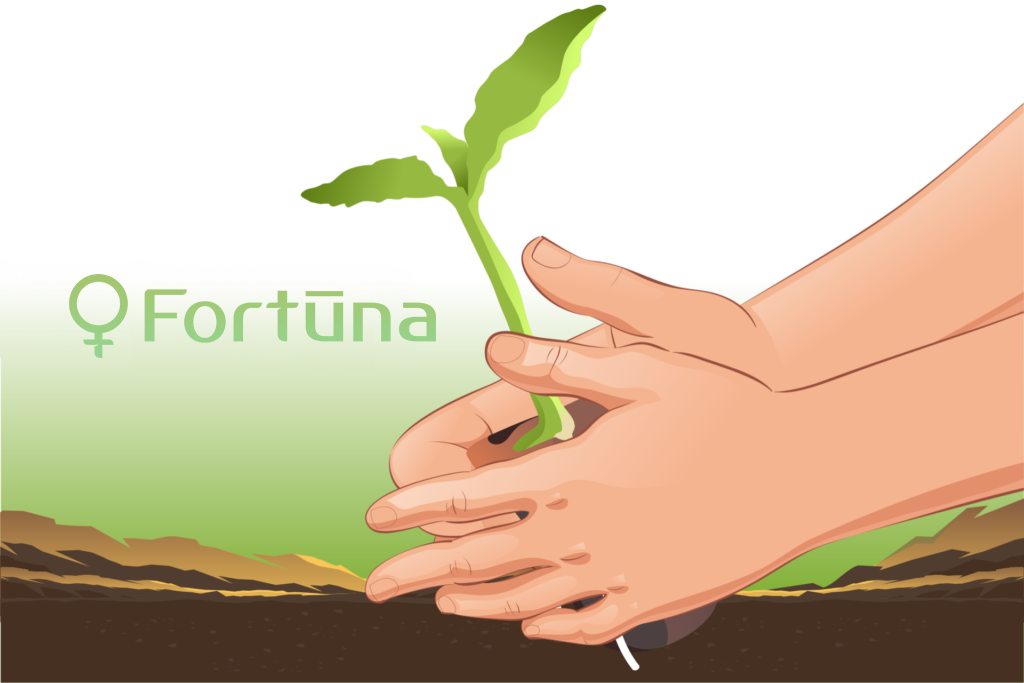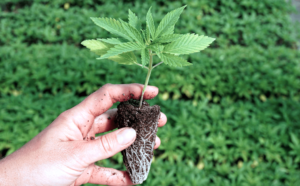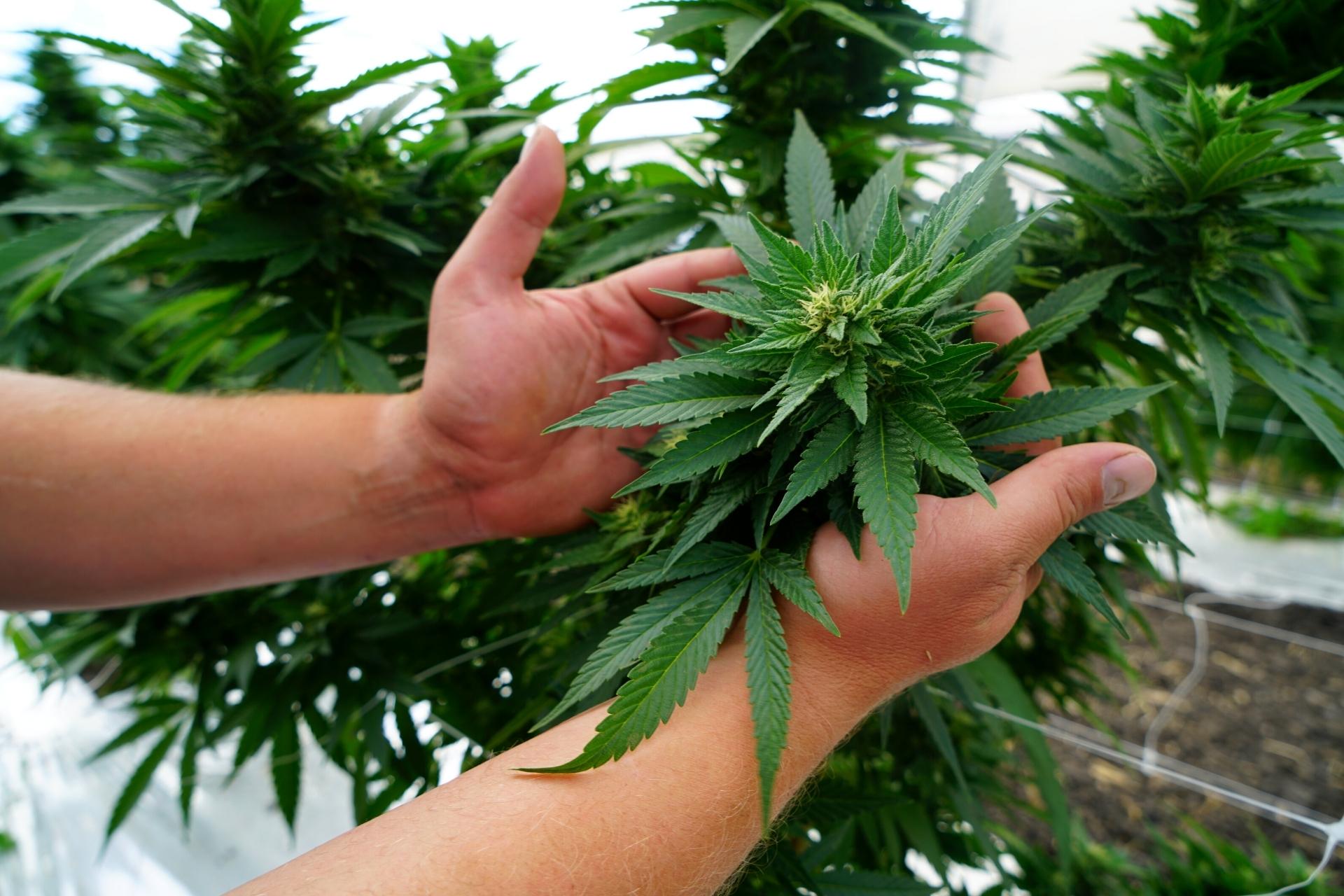
- Hemp Farming
-
by gu
Transplanting hemp in fields is a delicate process that requires the utmost care to be successful. Moving small seedlings into a harsher outdoor environment can cause tremendous shock to the young plants. It may even kill them if not allowed to establish themselves in their new soil.
As a hemp farmer, you no doubt want your CBD hemp seedlings to grow strong. Use these tips for transplanting hemp in fields to ensure your hemp seedlings can easily transition into their new environment. In doing, they will surely reward you with the bountiful harvest you seek.
Starting Hemp Seedlings in a Greenhouse
CBD hemp seeds are relatively pricy (though the pay-off is well worth it). That is, there is limited room for error when it comes to germinating hemp seeds. For this reason, we always suggest starting hemp seeds in a greenhouse to ensure they sprout under the best conditions possible. When hemp seedlings grow strong from the get-go, they can use more of their energy-producing resinous hemp flowers and less energy just trying to survive.
A general rule is to transplant hemp plants as few times as possible. Start seedlings in planters large enough to support growth of around six to 12 inches in height or more. Red Solo cups represent the smallest sized planter for hemp seedlings pre-transplant, though some specially designed plugs that promote healthy taproot development are enough, as well.
Transplanting hemp in fields depends more on the region than plant size. Hemp plants can thrive outdoors from a very young age, but they cannot withstand drastic temperature changes or recover from hard frost easily. As such, never transplant hemp plants outdoors until the danger of frost has passed for the season. This timing varies by region but usually occurs around mid-May to early June.
Preparing Hemp Seedlings for Outdoor Transplant
Greenhouses offer fantastic protection from extreme elements, but seedlings that start in greenhouses become accustomed to that protection. Before transplanting hemp in fields from a greenhouse, the seedlings must be sufficiently prepared for the transition. The process, called “hardening,” helps acclimate the delicate seedlings to the more intense environment (specifically harsh UV rays, but it can also help strengthen them against heavy winds).
The process of hardening plants takes about one week to 10 days. It is a slow and steady process, and it is vital to hemp crop health. Begin by placing hemp seedlings in a shady, well-protected outdoor location. Be mindful of wind and pests, bringing plants indoors after the first hour. Continue the process daily, extending the length of time they are outdoors by about an hour each day. After about three to four days, set plants in direct sunlight but only for a limited time, once again increasing exposure little by little each day. In a week or two, the hemp seedlings should be strong enough to withstand the elements, though they may need additional protection from pests until fully established lest a rodent runs off with your prize plants.
Transplanting Hemp in Fields
When seedlings are healthy and hard, it’s time to move them to their permanent outdoor environment. Transplanting hemp directly in soil removes the risk of rootbound plants, thus encouraging them to reach their fullest potential.

CBD hemp plants require about four to six feet of space between them. We recommend planting CBD hemp about five feet apart at their center, leaving at least a foot or two between rows for easy plant access. Plant hemp seedlings on mounds to improve drainage.
Before planting, amend the soil with microbes and nutrients and that irrigation systems are installed and set up accordingly. Pinch plants a few times throughout vegetation when at least three or four nodes are present to encourage more bushier growth.
Final Thoughts on Transplanting Hemp in Fields
Every step of the hemp cultivation process is important, but none more delicate than transplanting hemp in fields. Use these tips to ensure your hemp plants continue to thrive well after they leave their greenhouse setting.
Need more advice on starting a hemp farm in your state? Contact our representatives to learn how we can help.



